3. Combine sun protection with skin care
For those wanting a less-is-more approach, try a moisturizer/sunscreen hybrid designed with mature skin in mind. Whether worn solo or layered under makeup, the addition of antioxidants (especially vitamin C) — as in Garnier SkinActive SPF 30 Face Moisturizer with Vitamin C ($17, cvs.com), Vichy Laboratoires Liftactiv Peptide C Face Sunscreen SPF 30 ($39, walgreens.com), or Soap & Glory Urban Legend Double Protection Antioxidant Day Cream SPF 30 with Green Tea & Vitamin C ($14, target.com) — helps diminish and prevent brown spots. Vitamin C (which also assists in preventing sun damage) helps reboot collagen and elastin production, so along with that UV protection expect firmer-looking skin around expression lines and the jaw.
See more Health & Wellness offers >
(Left to right) L’Oreal Paris Revitalift Triple Power Deep-Acting Moisturizer; Neutrogena Rapid Wrinkle Repair Hyaluronic Acid & Retinol Cream; Olay Regenerist Retinol24 Night Moisturizer
Target (2); CVS
4. Do skin repair overnight
Snooze but don't lose by saving retinol for the evening hours. This skin-makeover star makes skin sun sensitive (and is not for those with sensitive skin), but it might become your new BFF if sun damage and wrinkles are your biggest beef. Retinol — a derivative of vitamin A — increases collagen production and cell turnover. Since it can be irritating, to minimize sensitivity choose a formula buffered by hydrating hyaluronic acid or calming niacinamide such as Neutrogena Rapid Wrinkle Repair Hyaluronic Acid & Retinol Cream ($25, target.com), L'Oréal Paris Revitalift Triple Power Deep-Acting Moisturizer ($20, target.com) or Olay Regenerist Retinol24 Night Moisturizer ($39, ulta.com). FYI: A so-called night cream doesn't need to say “night” in the description. Night and day creams are all about texture.
(Left to right) Olay Deep Hydration Serum - Vitamin B3 + Hyaluronic Acid; L'Oréal Paris Revitalift Derm Intensives Hyaluronic Acid Facial Serum; Bliss Bright Idea Vitamin C Tri-Peptide Serum; CeraVe Skin Renewing Vitamin C Face Serum with Hyaluronic Acid; La Roche-Posay Pure Vitamin C Face Serum
Target (3); Walgreens; Dermstore
5. Add a serum to power things up
Don't keep changing moisturizers as your skin adjusts to the new normal. Instead, just layer a super serum under your favorite moisturizer to upgrade the benefits. The higher level of active ingredients in these concentrated formulas help you keep improving specific concerns. For extra moisture, choose a hyaluronic serum like Olay Deep Hydration Serum - Vitamin B3 + Hyaluronic Acid ($29, target.com) or L'Oréal Paris Revitalift Derm Intensives Hyaluronic Acid Facial Serum ($24, target.com). For extra skin clarity, more radiance and reduced dark spots, try a vitamin C serum such as Bliss Bright Idea Vitamin C Tri-Peptide Serum ($27, walgreens.com), CeraVe Skin Renewing Vitamin C Face Serum with Hyaluronic Acid ($20, target.com), or La Roche-Posay Pure Vitamin C Face Serum ($40, dermstore.com). Never mix vitamin C serum with a retinol cream; moisturizing hyaluronic acid serums work with everything.
Physicians Formula RefreshMint Cucumber & Bamboo Eye De-Puffer Gelee (top left); Mario Badescu Hyaluronic Eye Cream (bottom left); (L-R) Neutrogena Hydro Boost Eye Gel-Cream; Tula Glow & Get It Cooling and Brightening Eye Balm; DermaDoctor DD Dermatologically Defining Eye Radiance Cream SPF 30; Supergoop! Bright-Eyed 100% Mineral Eye Cream SPF 40; Supergoop! Bright-Eyed 100% Mineral Eye Cream SPF
Walgreens; Ulta Beauty; Neutrogena; Nordstrom; Dermstore; Sephora; Target
6. Use an eye cream or gel daily
The skin around your eyes is where fatigue, circles, lines, sag, bags and puffy skin show up fast and first. It's the thinnest, driest skin on your face, and thus an ideal candidate for a daily dose of hyaluronic acid — as in Mario Badescu Hyaluronic Eye Cream ($18, ulta.com) or Neutrogena Hydro Boost Eye Gel-Cream ($25, ulta.com) — that firms up the eye area like cushion stuffing. Bags under the eyes respond to caffeine, so if this is your pet peeve try formulas to keep them deflated for hours, such as Tula Glow & Get It Cooling and Brightening Eye Balm ($28, ulta.com), DermaDoctor DD Dermatologically Defining Eye Radiance Cream SPF 30 ($28, dermstore.com), or Supergoop! Bright-Eyed 100% Mineral Eye Cream SPF 40 ($36, sephora.com). If you spend a lot of time on screens (and who doesn't these days?), a treatment like Yes to Cucumbers Soothing Eye Gel ($15, target.com) or Physicians Formula RefreshMint Cucumber & Bamboo Eye De-Puffer Gelee ($16, walgreens.com) with soothing botanicals like green tea, cucumber and aloe can help refresh fatigued, burning eyes. Keep all eye treatments (and you may want all three) in the fridge and let the chill amp up the soothing and depuffing benefits.
(Left to right) EltaMD UV Clear Broad-Spectrum SPF 46 Sunscreen; CeraVe AM Facial Moisturizing Lotion with Sunscreen SPF 30; First Aid Beauty Ultra Repair Cream; IT Cosmetics Bye Bye Redness Sensitive Skin Moisturizer; Aveeno Positively Radiant Overnight Hydrating Facial Moisturizer
Dermstore (2); CVS; Ulta Beauty; Target
7. Pamper reactive skin
If your skin is sensitive and throws temper tantrums, look for preventative ingredients like ceramides that strengthen the skin's barrier layer (which keeps moisture in) or calming niacinamide to reduce inflammation. A moisturizer/sunscreen with niacinamide and hyaluronic acid — like EltaMD UV Clear Broad-Spectrum SPF 46 Sunscreen ($36, dermstore.com) or CeraVe AM Facial Moisturizing Lotion with Sunscreen SPF 30 ($18, cvs.com) — is good base layer for day wear. Count on creams with botanicals and emollients like colloidal oatmeal, shea butter, aloe and soy — such as IT Cosmetics Bye Bye Redness Sensitive Skin Moisturizer ($50, ulta.com), First Aid Beauty Ultra Repair Cream ($34, dermstore.com), or Aveeno Positively Radiant Overnight Hydrating Facial Moisturizer ($14, target.com) — to soothe and replenish at night or any time distressed skin needs a time out. Skip the retinol, AHAs and BHAs. You need TLC to get your radiance boost.



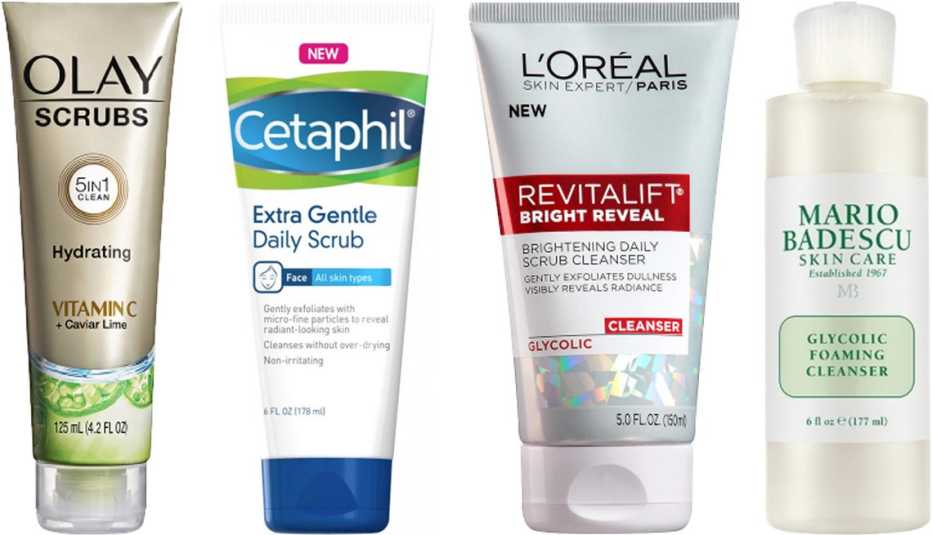

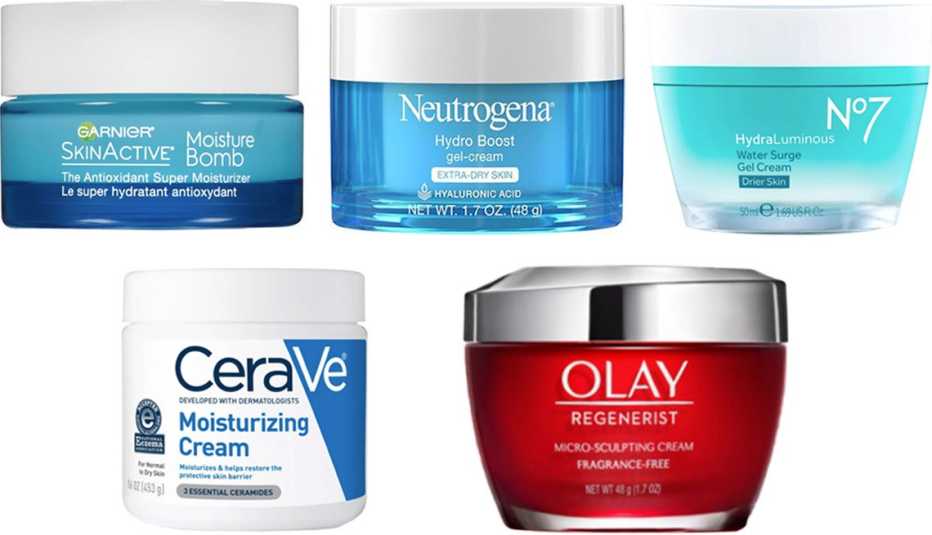





























































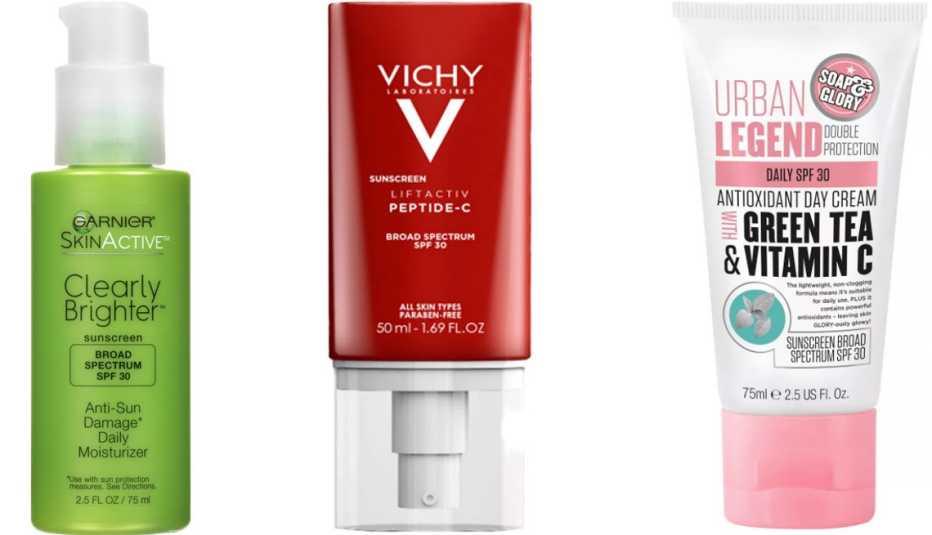
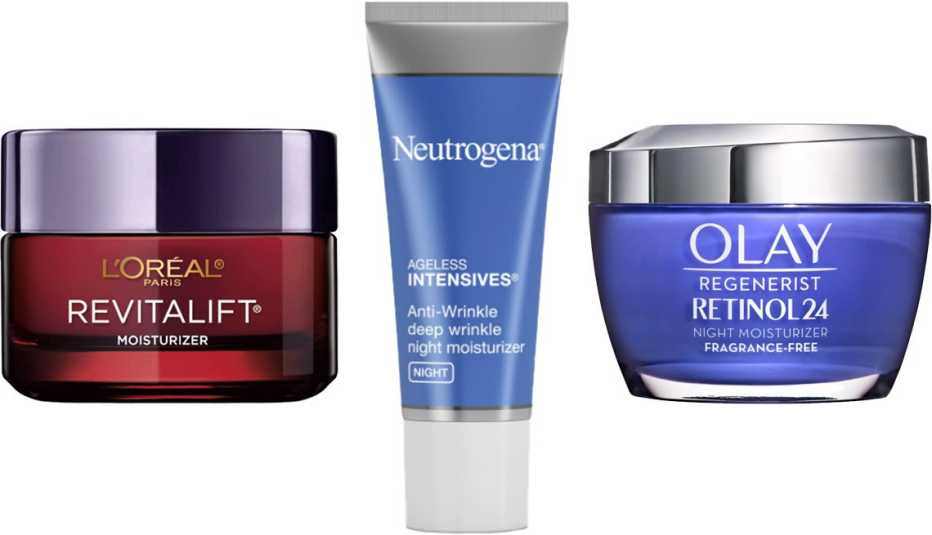
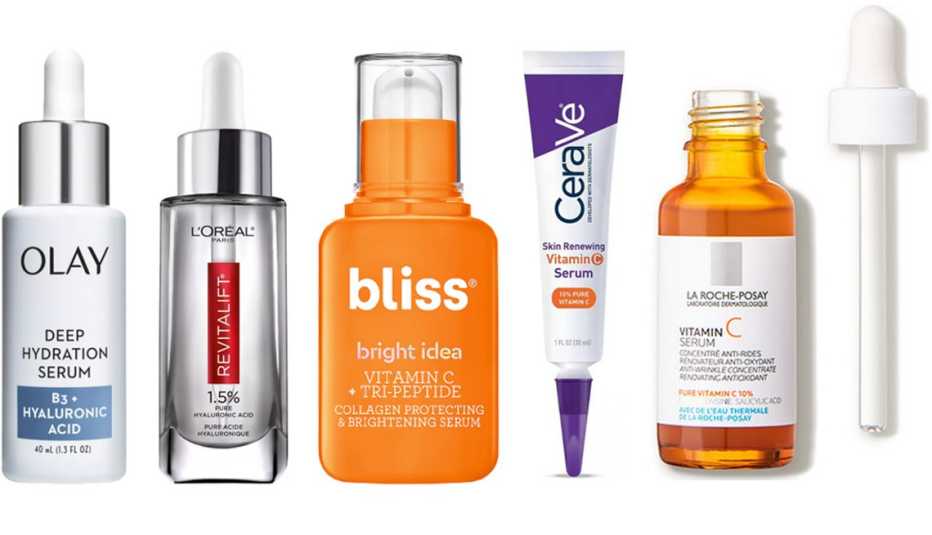
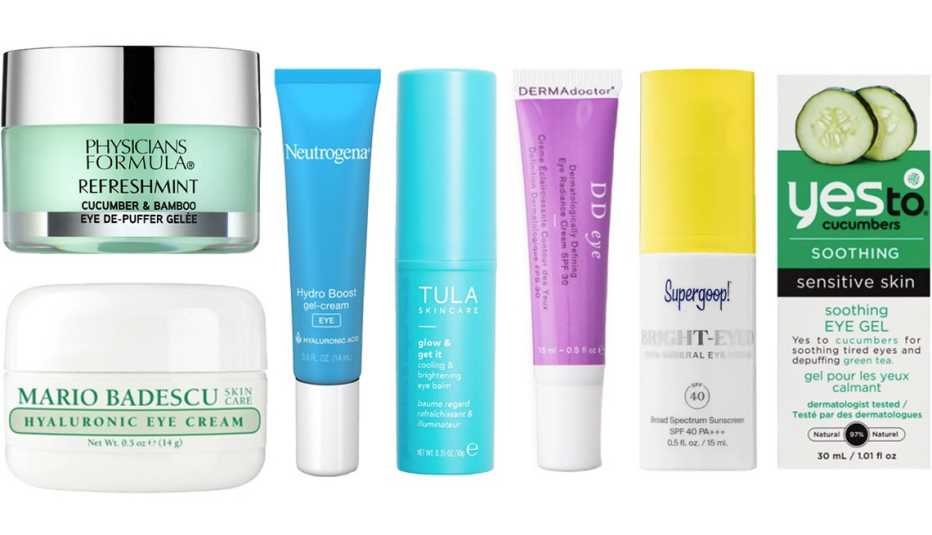
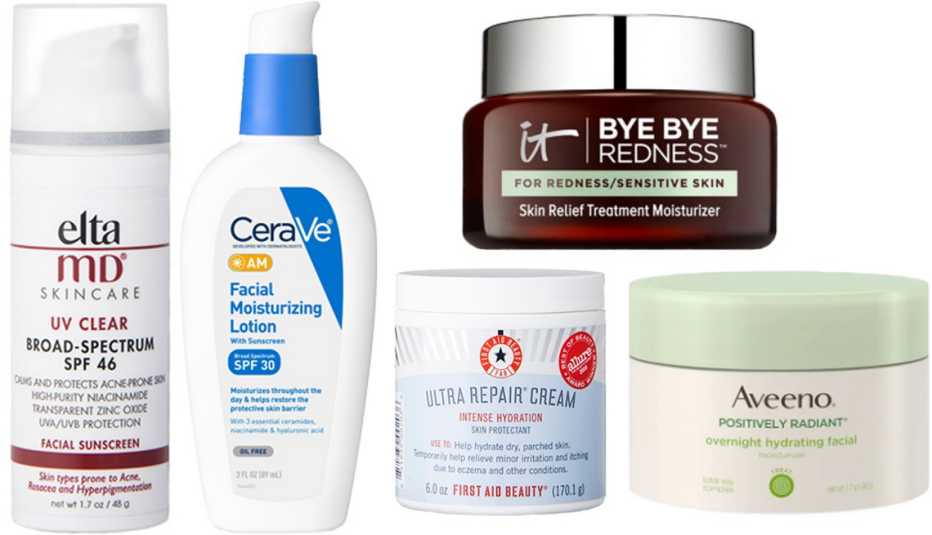
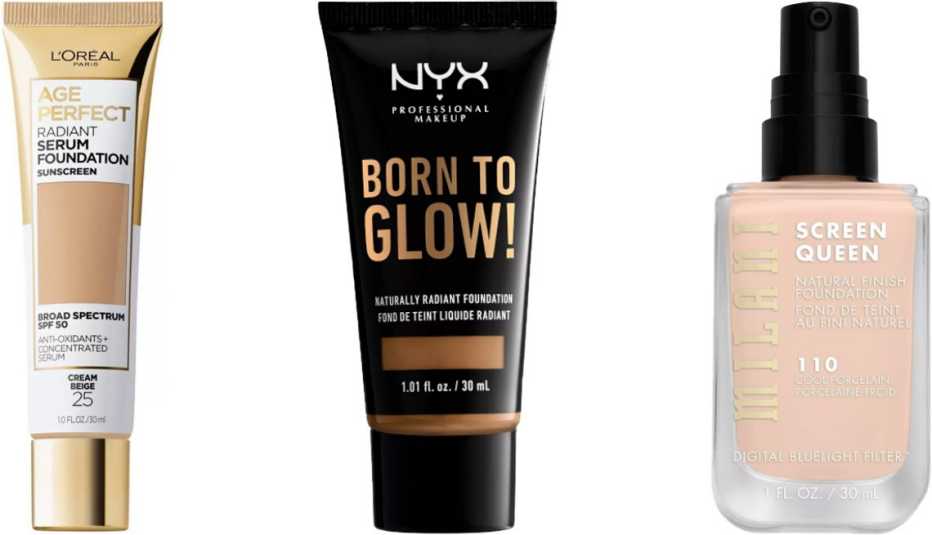

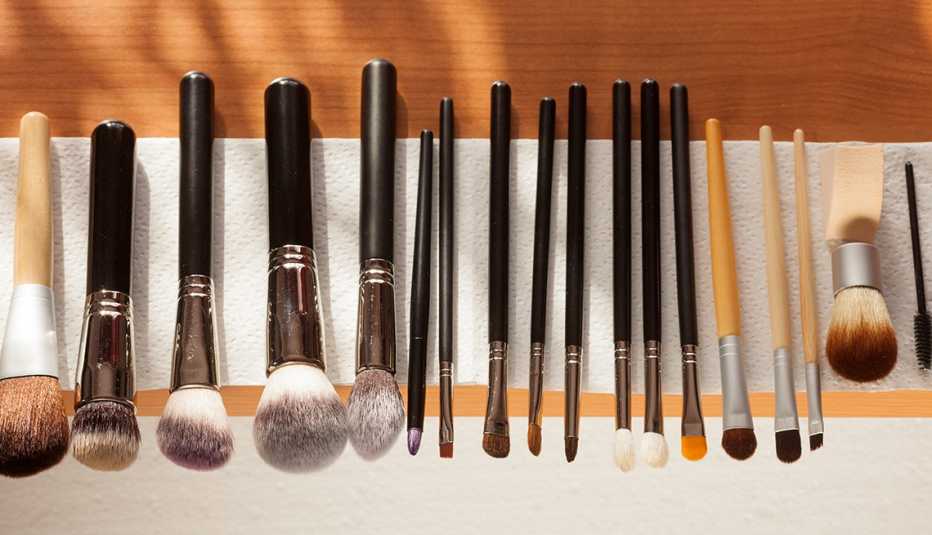





More on entertainment
Look Fresh-Faced With This Stay-at-Home Skin-Care Routine
Don't let stress make your complexion a mess
10 Beauty Tips for Going Greener and Cleaner
Add organic and natural products to your makeup and skin-care regimen
10 Humidity-Proof Beauty and Style Solutions
Combat summer heat with these easy tipsRecommended for You